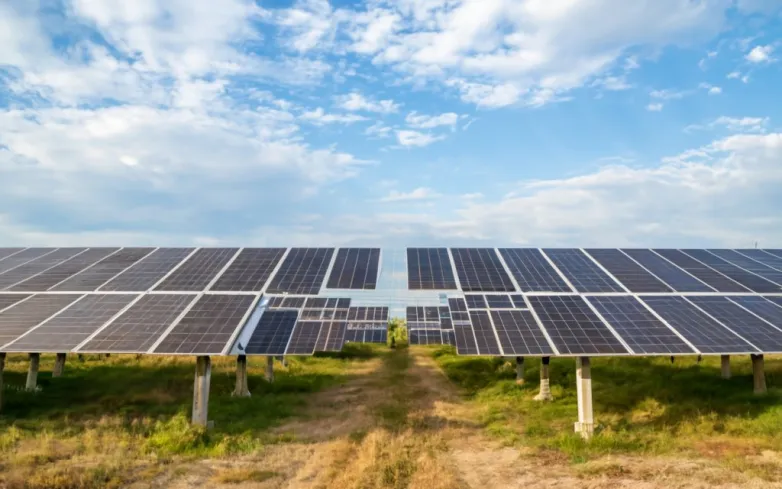Unlocking the Potential: C60 ETLs Revolutionize Perovskite Solar Cells
- Discover the breakthrough in solar cell technology: a perovskite-silicon tandem cell with a thermally evaporated C60 electron transport layer. Achieving an impressive 30.90% efficiency, this innovation could revolutionize the industry.

Researchers from multiple institutions have developed a perovskite-silicon tandem solar cell with an electron transport layer (ETL) made of thermally evaporated buckminsterfullerene (C60). The team found that the repeatability of the process using evaporated C60 may be an issue depending on the quality of the source material, but using sublimated C60 can resolve this problem. C60 is commonly used as the preferred material for ETLs in inverted solar cells due to its beneficial electron-extraction and hole-blocking properties. The researchers achieved a power conversion efficiency of 30.90% with their tandem device, and believe their work could lead to commercial perovskite-based solar cell modules with C60 contacts.
Researchers have developed a perovskite-silicon tandem solar cell with an electron transport layer (ETL) made of thermally evaporated C60. The team found that the repeatability of the process using evaporated C60 may be an issue depending on the quality of the source material, but using sublimated C60 can resolve this problem. C60 is commonly used as the preferred material for ETLs in inverted solar cells due to its beneficial electron-extraction and hole-blocking properties. The researchers achieved a power conversion efficiency of 30.90% with their tandem device, and believe their work could lead to commercial perovskite-based solar cell modules with C60 contacts.
What is the potential impact of using sublimated C60 in perovskite-silicon tandem solar cells?
- Sublimated C60 is a form of carbon molecule that has shown promise in enhancing the efficiency of perovskite-silicon tandem solar cells.
- Perovskite-silicon tandem solar cells are a type of solar cell that combines a perovskite layer with a silicon layer to improve the overall efficiency of the cell.
- The potential impact of using sublimated C60 in perovskite-silicon tandem solar cells is that it could further increase the efficiency of these cells, leading to higher electricity generation from solar energy.
- Higher efficiency in solar cells means that more electricity can be generated from the same amount of sunlight, which can help to reduce the reliance on fossil fuels and decrease carbon dioxide emissions.
- By incorporating sublimated C60 into perovskite-silicon tandem solar cells, it may be possible to achieve even higher conversion efficiencies, making solar energy a more viable and competitive option for meeting global energy demands.
- The use of sublimated C60 in solar cells could also contribute to the development of more lightweight and flexible solar panels, which could be integrated into various applications such as building materials, vehicles, and portable devices.
- However, further research and development are needed to fully understand the potential impact of using sublimated C60 in perovskite-silicon tandem solar cells and to overcome any challenges or limitations associated with its implementation.
- If successful, the integration of sublimated C60 in solar cells could significantly contribute to the growth of the renewable energy sector and accelerate the transition towards a more sustainable and clean energy future.
Also read


